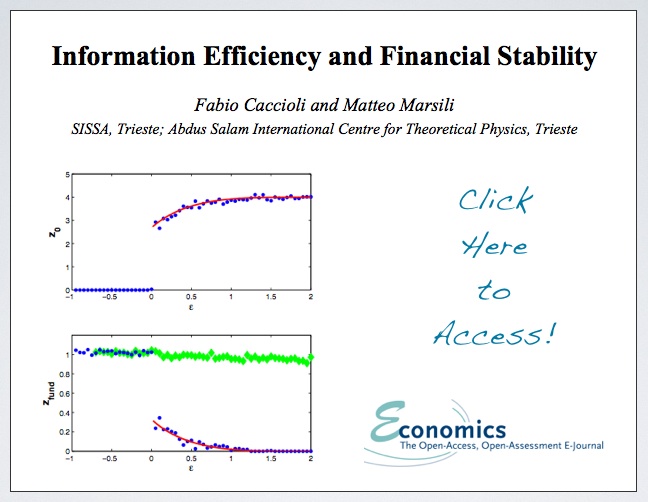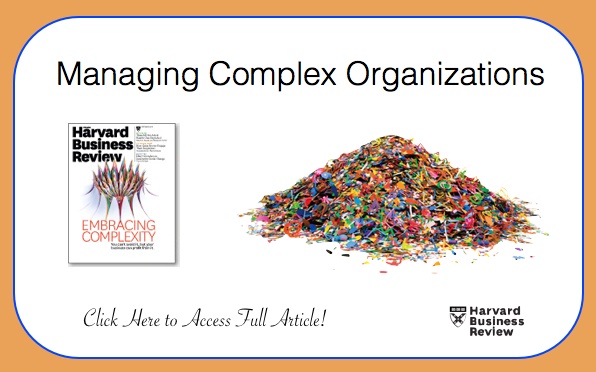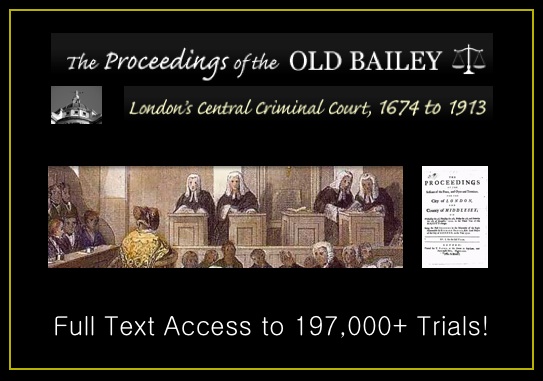
As I read this article, I ended up just inserting the phase “market for legal services” when the author said something like “the economy” or “the middle class.” In other words, the legal services industry has a number of the properties present in the overall economy. Indeed, there are two distinct trends at play – one is cyclical and the other is structural. The cyclical downturn in the market for legal services is related to broader economic conditions. Thus, the downturn in demand specifically associated with the broader business cycle will abate once broader economic conditions improve. The structural portion of the downturn is permanent and those jobs will not return.
Markets are not pleasant places – particularly when a mismatch develops between the skills / products that purchasers demand and the products / skills offered by sellers. Indeed, while there is an “equilibrium” solution – the question is on what time-scale it will be obtained. In the short to medium term, disruption is likely to be the name of the game. This market is in transition and as such this is a period that simultaneously offers both peril and possibility. Those who adapt to the conditions, who are entrepreneurial will do quite well. Others will have great difficulty. < Transition = peril for some ; Transition = Arbitrage opportunity for others >
As law’s information revolution continues to unfold, place your respective bets on folks who can blend skills such as data science, informatics, computer science / artificial intelligence, engineering, etc. with more traditional law pursuits. There is already some serious income inequality in the legal services market. There is good reason to believe this gap is likely to expand. Technology is going displace lawyers and the $$ for the displacing technologist will be directly proportionate the #’s of folks he/she displaces. In this vein, our industry is (unfortunately) just like every other industry.
It is important not to be fatalistic and to emphasize how individuals and institutions can respond. Students with a background in science and technology (rather than say the humanities, etc.) are likely to have a significant advantage in law’s information revolution. Institutions can help level this playing field by offering their students the requisite skills training necessary to be competitive within this new ordering. For example, at my new home – Michigan State University – College of Law – I will be teaching Quantitative Methods for Lawyers – a Winter 2012 course that will help students develop a number of relevant skills ( beyond those in the traditional statistics and the law course ). Indeed, although similar in some respects, I am positive this course will prove to be quite different ( and hopefully better? ) than any quantitative methods course currently offered at an American law school. Either way, my goal is help put the students who take the course on the path to becoming the skill blender that the market is likely looking to hire.
Here are the modules that I plan to offer in the Winter 2012 course:









